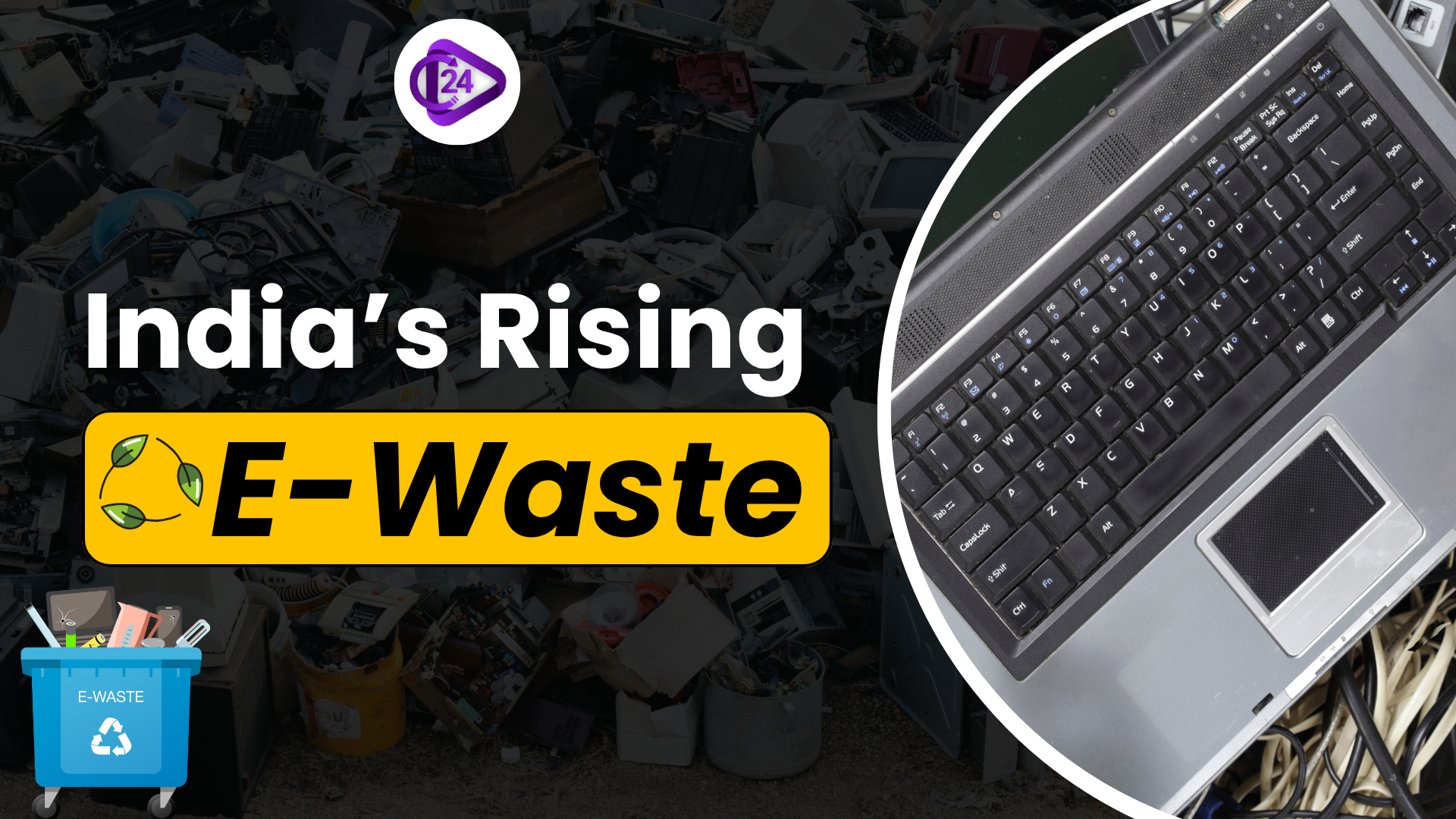
India is rapidly heading to a digital future, but the transformation is creating a major environmental problem in the guise of electronic waste (e-waste). India is now one of the leading e-waste producers of the world, with a shocking rise of 151.03% from 7,08,445 metric tonnes in 2017-18 to 17,78,400 metric tonnes in 2023-24. The crisis of e-waste in the country is further complicated by poor practices of recycling of the same in the informal sector and inefficient management systems. To overcome this, there are introduced Extended Producer Responsibility (EPR) regulations and floor-pricing in EPR certificates have been introduced to encourage formal recycling, environmental reduction, and sustainable waste management practices.
Context
-
The amount of e-waste produced in India has increased greatly in the last six years, and the inefficient practices lead to significant environmental and social harm.
-
The E-waste (Management) rules, 2022 include EPR floor prices, which are intended to control the waste associated with the informal recycling industry and drive the adoption of sustainable practices and a safe environment.
Key Points
E-waste in India
-
E-Waste Surge: The e-waste in India grew by 151.03% from 2017-18 to 2023-24, to 17,78,400 metric tonnes per year.
(1).png)
Impact of Improper Management:
-
Environmental damage: Soil, air, and water contamination caused by dangerous substances such as lead, mercury, and cyanide.
-
Social harm: Informal recycling activities, mostly done by women and children, put workers at risk of exposure to toxic substances, shortening their lifespan.
-
Economic loss: India expects to lose more than $10 billion in losses from water pollution every year, losing Rs 80,000 crores in lost value of critical metals.
Extended Producer Responsibility (EPR):
-
Producers have to take care of the end-of-life of their products, sustainable design, and recycling.
-
EPR introduces a bottom price for certificates in order to stabilize the e-waste management market, providing reasonable payment to the formal recyclers and preventing informal e-recycling.
Importance of Stable Pricing:
-
Floor pricing encourages formal recycling, allowing the recyclers to retrieve valuable materials (such as gold, copper).
-
Helps to avoid chaos in the market and provides environmental recycling in an orderly and responsible manner.
-
Stimulates technological advancements in the techniques of recycling at the same time decreasing the cost of inaction, such as environmental and health crises.
Recycling Vision:
-
A stagnant EPR floor price could advance infrastructure, which guarantees resources’ efficiency and protection of the environment.
-
Appropriate valuation of the recycling can formalize the sector, bringing new opportunities for the economy, thus decreasing the burden of e-waste upon the environment.
About E-Waste in India
-
Definition: Electrical and electronic waste that contains poisonous chemicals such as lead, cadmium, mercury, and nickel.
E-Waste in India Data
-
E-Waste Growth: The e-waste in India increased by 72.54% from 1.01 million MT (2019-20) to 1.75 million MT (2023-24).
-
Untreated E-Waste: An average of 57% (990 000 MT) e-waste is without treatment in India each year.
-
Recycling Rate: The recycling of the e-waste stood at 43% in 2023-24 while it was only 22% in 2019-20.
-
E-Waste Generation: The 65 cities also produce 60% of the e- waste of India and 10 states produce 70% of the e- waste.
-
International Context: India is the 3rd world biggest generator of e-waste in the world after China and the US.
-
E-Waste Management Rules (2022): Innovated Extended Producer Responsibility (EPR) to make recycling compulsory and make them more responsible.
Challenges of E-Waste in India
- Informal recycling emits toxic substances making the environment hazardous to persons.
- Non-existence of infrastructural set-up and lack of awareness generate the problem of improper disposal.
Disposal Methods:
- Landfilling: Toxic chemicals leach into soil.
- Incineration: Releases toxic fumes.
- Recycling: Recovers valuable materials, but harmful to handle.
Global Practices:
- EU advocates for tight goals of recycling and eco-design initiatives.
- Japan applies the EPR and the recycling fee for the home appliances.
Recommendations:
- Incorporate informal recyclers in formal systems.
- Invest in advanced recycling technologies.
- Come up with public awareness programs for effective disposal.
Conclusion:
With the increasing e-waste crisis in India, there is a dire need for bold, systemic solutions to ensure that waste is properly managed proper management. EPR floor pricing is a crucial element in ensuring safe formal recycling since it takes care of the dominance of the informal sector. The implementation of stable pricing procedures can become a trigger for technological innovations to protect the environment and increase resource efficiency, contributing to a circular economy. With an appropriate floor price, India can thus pursue economic development and environmental sustainability while at the same time leading the rest of the world in the management of e-waste.
E-Waste in India UPSC Prelims Practice MCQ
Q.1 Consider the following statements regarding e-waste management in India:
- The E-Waste (Management) Rules, 2022 replaced the earlier rules of 2016.
- Extended Producer Responsibility (EPR) is a key feature of India's e-waste rules.
- India is the largest producer of e-waste in the world as per the Global E-waste Monitor 2020.
Which of the above statements is/are correct?
A. 1 and 2 only
B. 2 and 3 only
C. 1 and 3 only
D. 1, 2, and 3
E-Waste in India UPSC Mains Practice Question
Q.1 Discuss the challenges posed by the growing e-waste problem in India. Examine the effectiveness of the current regulatory framework and suggest measures to improve e-waste management in the country. (250 words)



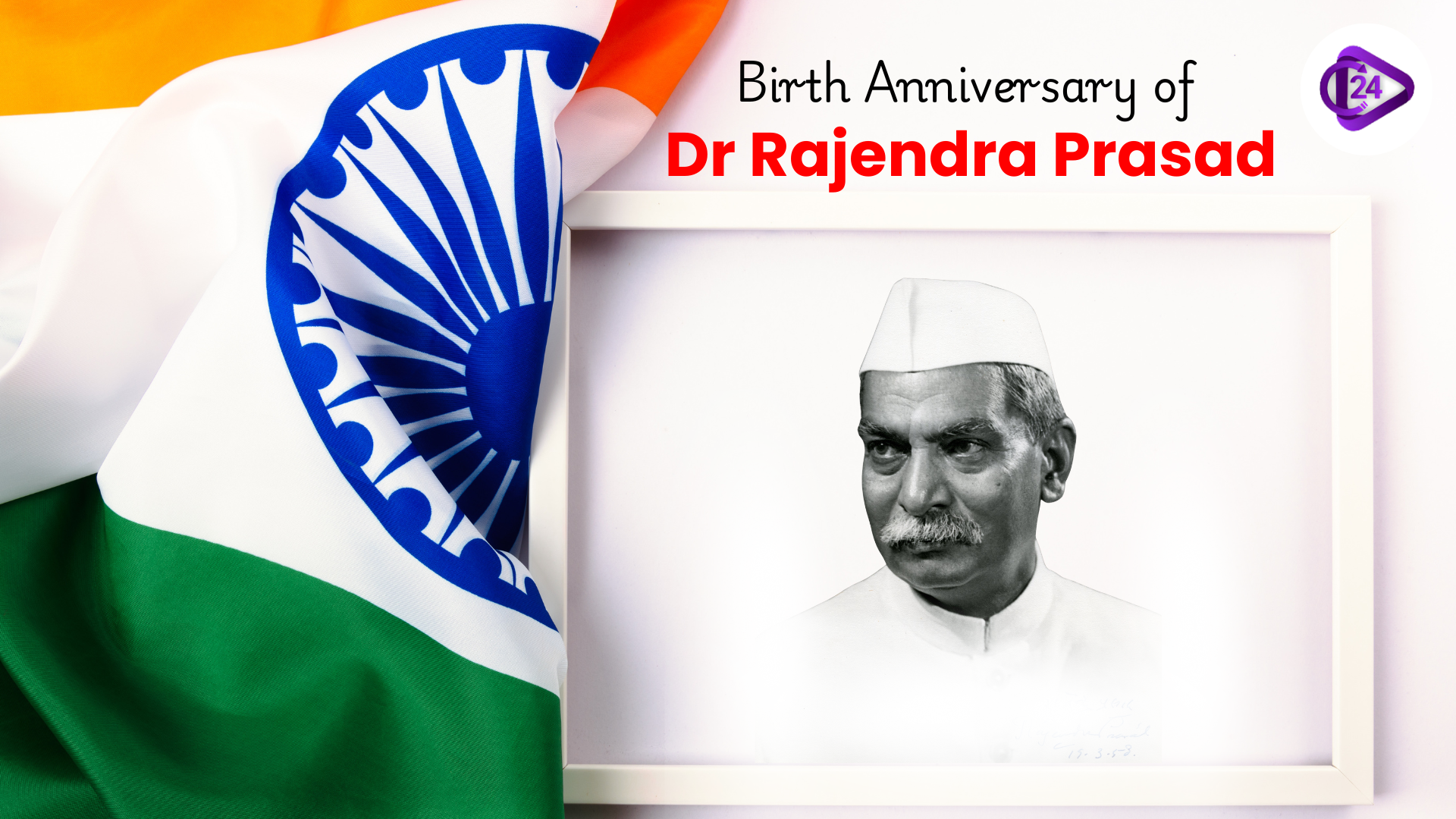 Birth Anniversary of Dr Rajendra Prasad
Birth Anniversary of Dr Rajendra Prasad Tessy Thomas Achieves Major Recognition With Dr Paulos Mar Gregorios Award 2025
Tessy Thomas Achieves Major Recognition With Dr Paulos Mar Gregorios Award 2025 Ramban Sulai Honey GI Tag: A Major Win for Traditional Beekeeping
Ramban Sulai Honey GI Tag: A Major Win for Traditional Beekeeping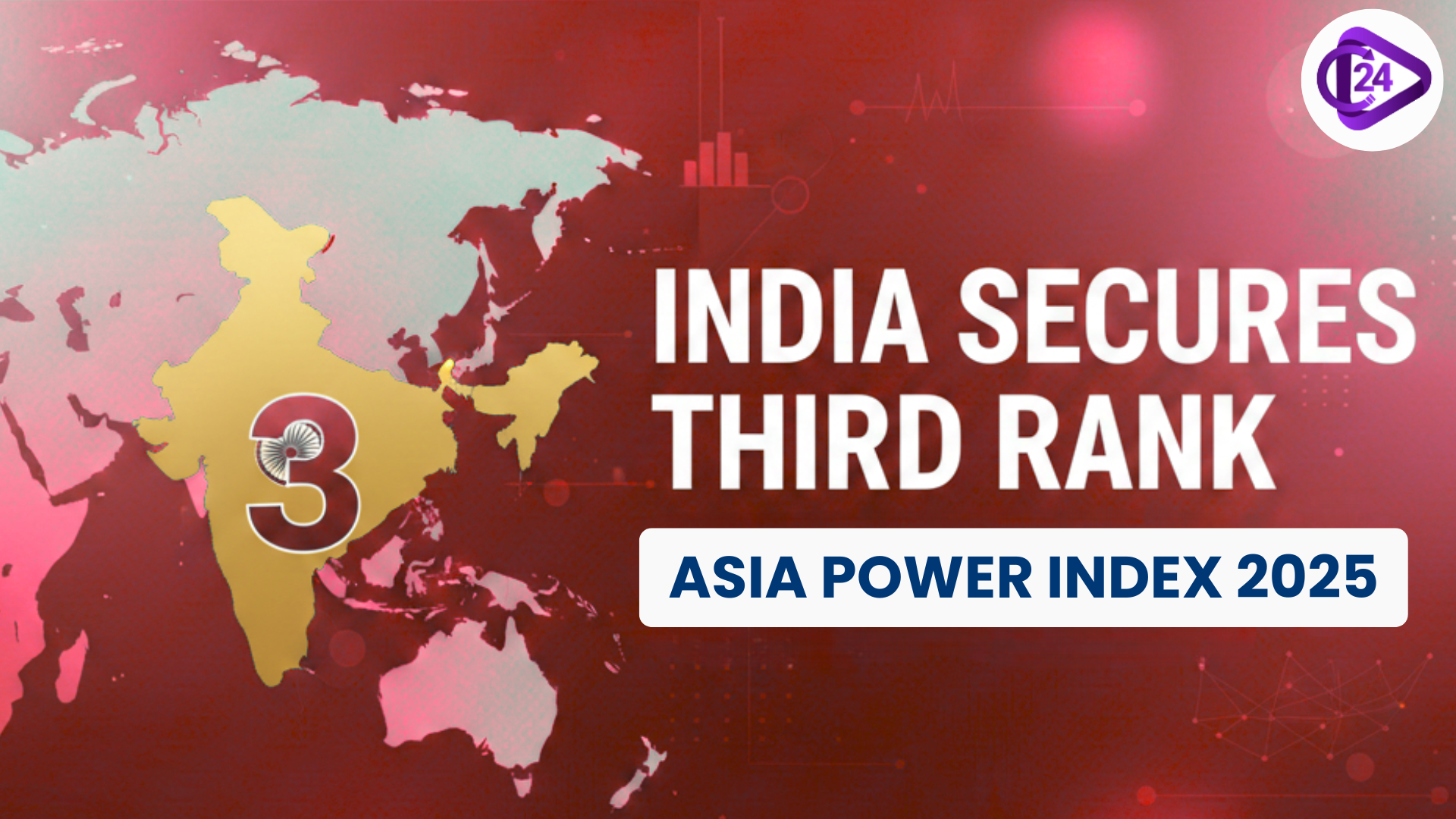 India Secures Third Rank in Asia Power Index 2025
India Secures Third Rank in Asia Power Index 2025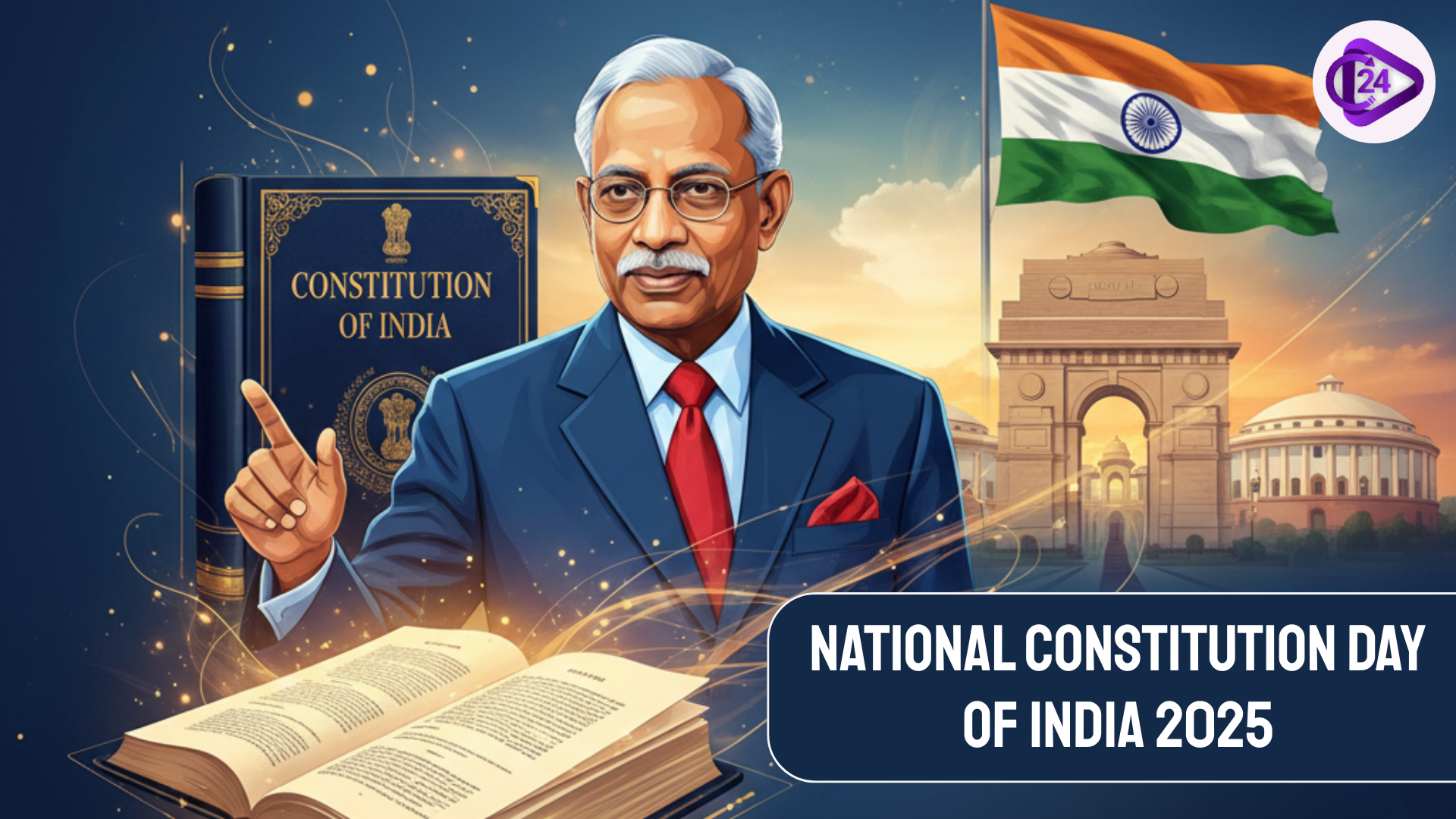 Constitution Day of India 2025: History, Meaning and Timeline Explained
Constitution Day of India 2025: History, Meaning and Timeline Explained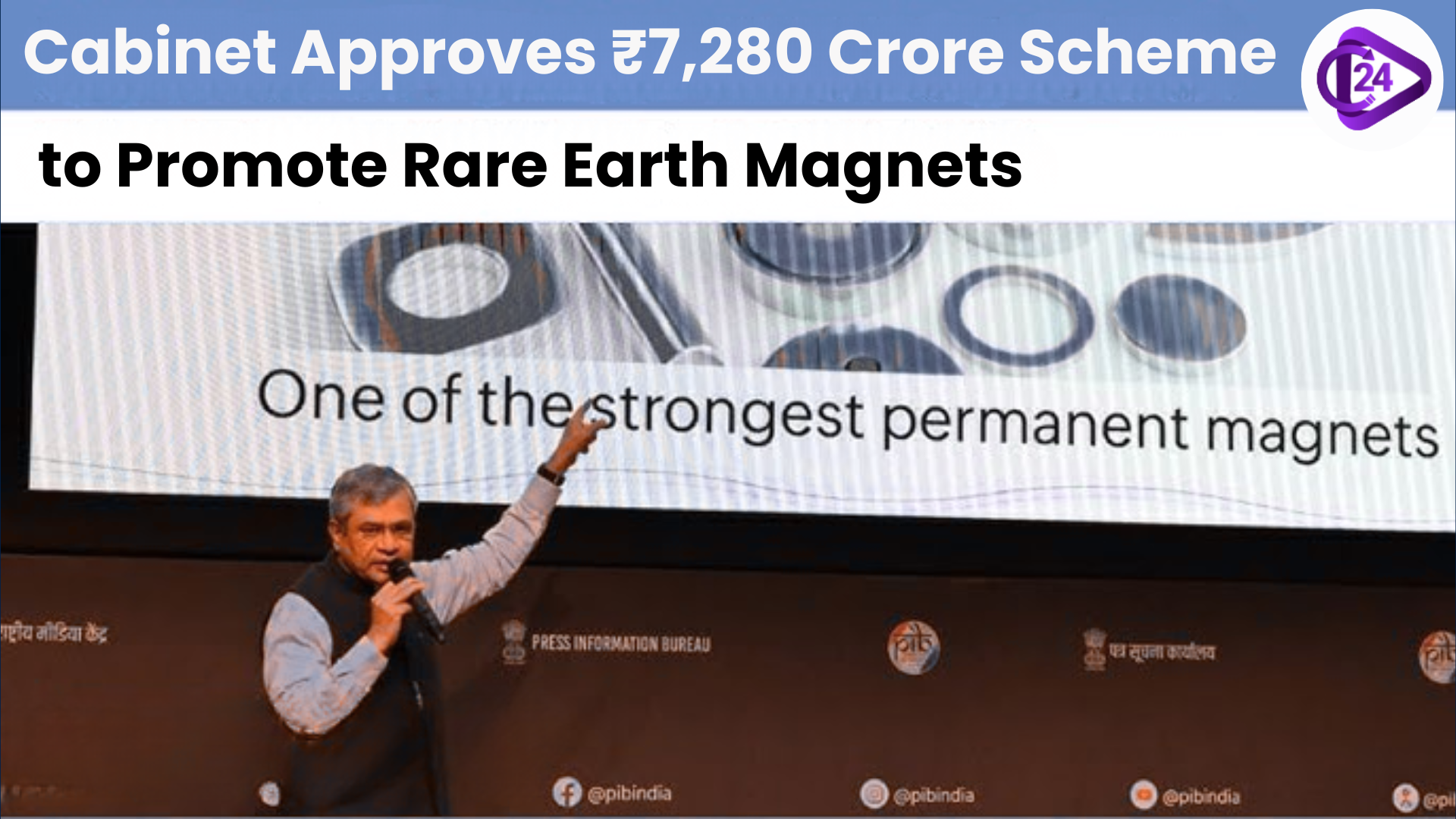 India Launches ₹7,280 Crore Initiative to Develop Rare Earth Magnet Manufacturing
India Launches ₹7,280 Crore Initiative to Develop Rare Earth Magnet Manufacturing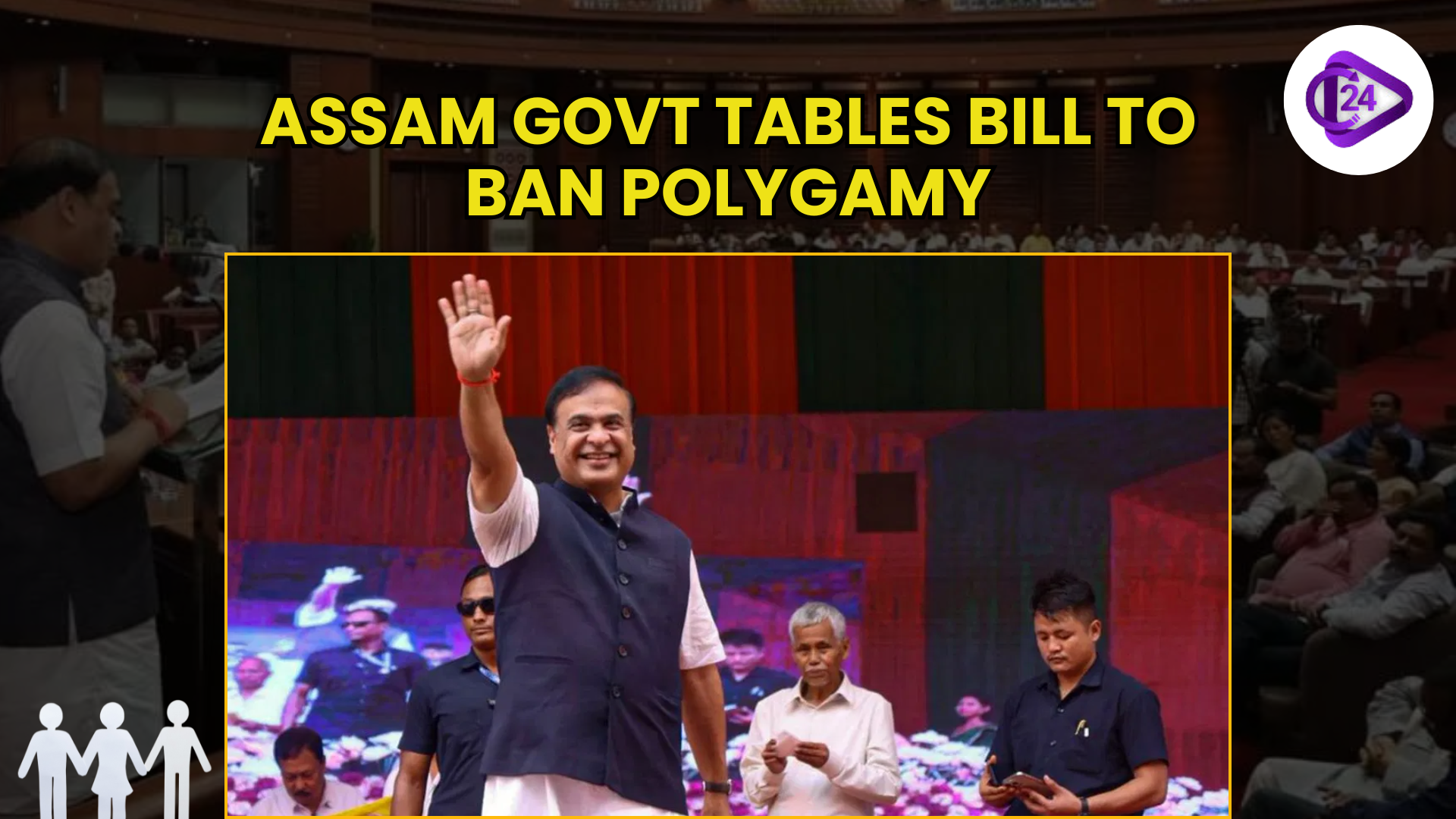 Assam Government Introduces Bill to Ban Polygamy with Strict Penalties
Assam Government Introduces Bill to Ban Polygamy with Strict Penalties Guru Tegh Bahadur Martyrdom Day 2025 A Tribute to Courage and Spiritual Strength
Guru Tegh Bahadur Martyrdom Day 2025 A Tribute to Courage and Spiritual Strength India Pays Tribute to the Birth Anniversary of Rani Lakshmibai
India Pays Tribute to the Birth Anniversary of Rani Lakshmibai Kinnaur’s Raulane Festival Celebrates Nature’s Mystical Guardians
Kinnaur’s Raulane Festival Celebrates Nature’s Mystical Guardians






